Advised Theses
- JoshuaNewey, "Space-Time-Resolved Simulation of Photon Vacuum Polarization and Bhabha Scattering" (Senior Thesis, 2022). Full Text PDF
- RyanScott, "Space-Time Resolving Quantum Electrodynamic States of Two Charges" (Senior Thesis, 2022). Full Text PDF
- Christoph AlexanderSchulzke, "Angular Dependence of Nonlinear Thomson Scattering From Electrons in a High Intensity Laser Focus" (Masters Thesis, 2020). Full Text PDF
- Brittni TashaPratt, "Polarization of Nonlinear Thomson Scattering from a High-Intensity Laser Focus" (Masters Thesis, 2020). Full Text PDF
- HyrumRichardson, "Linear and Nonlinear Properties of Pancharatnam's Phase in Polarization Optics\" (Senior Thesis, 2017). Full Text PDF
- CalebCoburn, "Characterizing Single Electron Radiation in an Intense Laser Field" (Senior Thesis, 2013). Full Text PDF
- Eric FlintCunningham, "Photoemission by Large Electron Wave Packets Emitted Out the Side of a Relativistic Laser Focus" (Masters Thesis, 2011). Full Text PDF
- DustinShipp, "Numerical Model Of Non-Collinear Parametric Down-Conversion" (Senior Thesis, 2008). Full Text PDF
- LeeJohnson, "Observation of Two-Photon Quantum Interference Using Entangled Photons" (Capstone, 2007). Full Text PDF
- David ANiemi, "Coupling Down Converted Light Into Single Mode Fibers" (Masters Thesis, 2007). Full Text PDF
- TylerWeeks, "Absolute Soft X-Ray Calibration Of Laser Produced Plasmas Using A Focusing Crystal Von Hamos Spectrometer" (Capstone, 2005). Full Text PDF
Theses, Captstones, and Dissertations
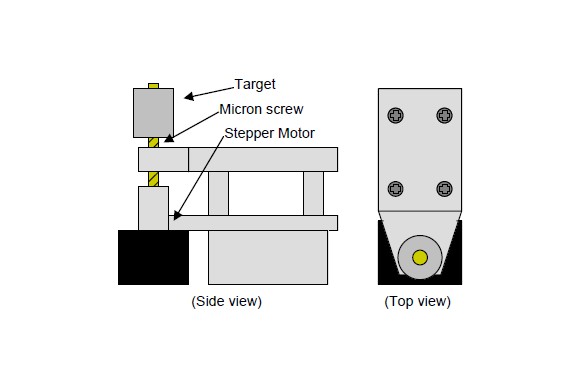
Absolute x-ray calibration of laser-produced plasmas was performed using a focusing crystal von Hamos spectrometer. The plasmas were created by an Nd-YAG laser on massive solid targets (Mg, Cu, Zn, Sn, Mo, Ta, Ti, Steel). A Cylindrical mica crystal and a CCD linear array detector were used in the spectrometer. Both the mica crystal and CCD linear array were absolutely calibrated in the spectral range of λ=7 – 15 Å. The spectrometer was used for absolute spectral measurements and the determination of the plasma parameters. The unique target design allowed for multiple instruments to observe the plasma simultaneously which improved analysis. The high spectrometer efficiency allowed for the monitoring of absolute x-ray spectra, x-ray yield and plasmaparameters in each laser shot. This spectrometer is promising for absolute spectral measurements and for monitoring laser-plasma sources intended for proximity print lithography.
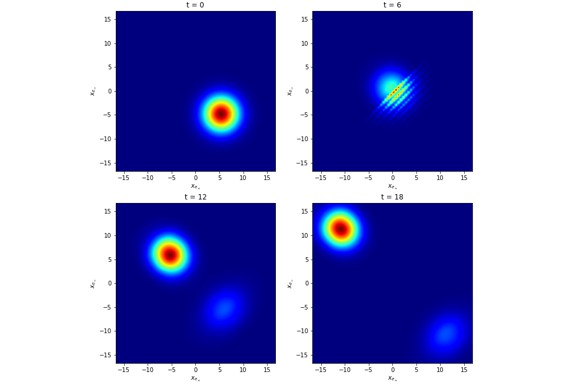
Space-Time-Resolved Simulation of Photon Vacuum Polarization and Bhabha Scattering (by Joshua Newey)
We create a limited particle content model in one spatial dimension to study the interaction between single particle photon states, and electron-positron pair states. We use this model to simulate the phenomena of vacuum polarization in a propagating photon, and Bhabha Scattering. This approach supplements the S-matrix approach to Quantum Field Theory, which provides an effective approach for predicting the results of scattering experiments but gives little physical insight into the dynamics of the field during interactions. We find divergences arise in attempting to calculate the eigenvalues of particles states with interaction in out limited content model. This leads to areas requiring further study of further study, namely, how to implement renormalization within space-time-resolved frameworks.
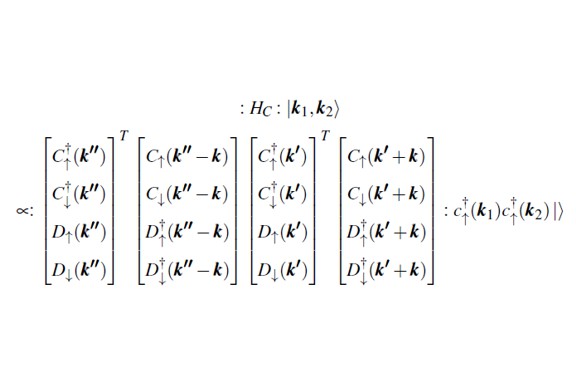
The degree to which predictions made by Quantum Field Theory (QFT) agree with experiment make it one of the most accurate physical theories ever constructed. Quantum Electrodynamics (QED) is the branch of QFT that deals with charged particles and their interactions. Generally, one approaches problems in QED using scattering theory, and while this one-time "snapshot" of the input and output states is useful in many applications, it does not tell the whole story of the interaction. In this thesis, a non-perturbative approach of finding space-time resolved dynamics of a system of two spin-up electrons is shown. The techniques applied as well as some of the resulting equations can easily be extended to states with electrons, positrons, or photons of any spin.
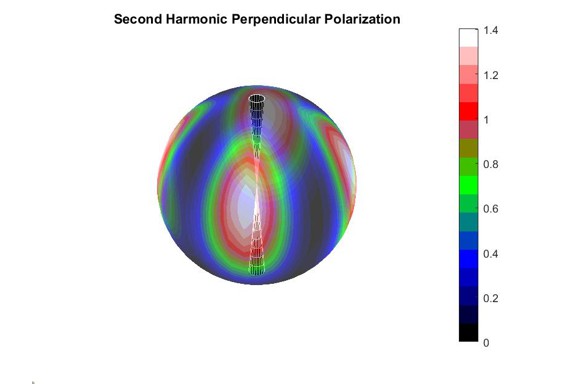
The theory of nonlinear Thomson scattering is presented. A model for the scattered light is developed. The orthogonal polarizations of the second harmonic of the scattered light are examined. The predictions of the model are compared to measurements by our group in collaboration with the Extreme Light Laboratory at the University of Nebraska-Lincoln (UNL). The veracity of the theory and model are confirmed by comparison to the experimental data.
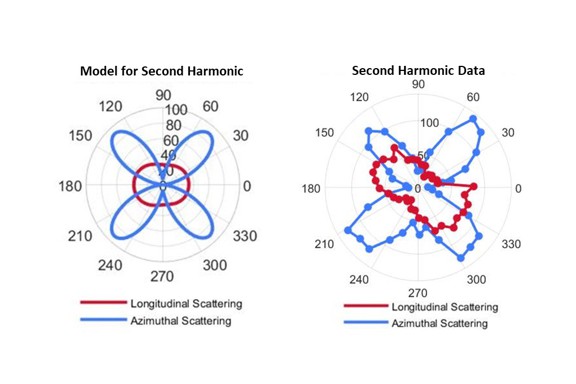
Thomson scattering from free electrons in a high-intensity laser focus has been widely studied analytically, but not many measurements of this scattering have been made. We measure polarization-resolved nonlinear Thomson scattering from electrons in a high-intensity laser focus using a parabolic mirror. The weak scattering signal is distinguished from background noise using single-photon detectors and nanosecond time-resolution to distinguish a prompt scattering signal from noise photons. The azimuthal and longitudinal components of the fundamental, second, and third harmonics were measured. Our measurements reasonably match theoretical results, but also show some asymmetry in the emission patterns.
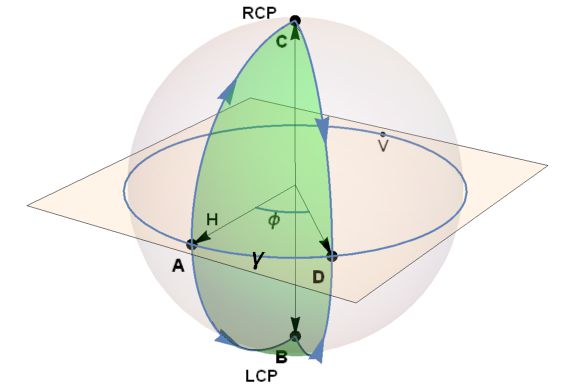
Pancharatnam's phase is the additional phase beyond the dynamical phase of electromagnetic radiation that arises due to polarization evolution, and although it is a fundamental property of polarization, the linear and nonlinear properties it exhibits are not well understood or discussed. A computer simulation extendable to any polarization circuit was developed that makes Pancharatnam's phase more intuitive and understandable. Two types of interferometers were tested, a symmetric Sagnac interferometer and a Mach-Zehnder interferometer, to measure the linearity and nonlinearity of Pancharatnam's phase. The simulation and experimental results were compared and shown to match closely. The linearity of Pancharatnam's phase can be predicted and measured, and our model is accurate to the physical phenomenon and useful for interferometry applications.
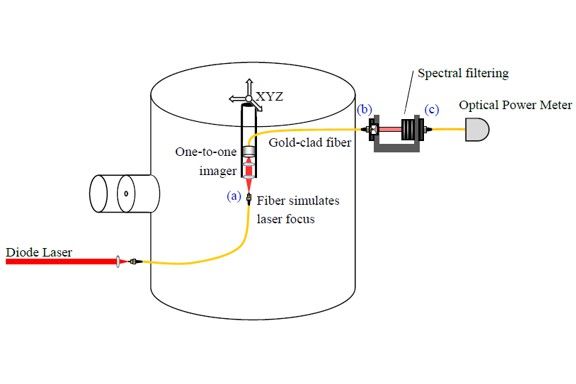
We report the intensity measurement of a high intensity pulsed laser focus and the efficiency characterization of an optical signal collection system. We seek experimental confirmation that large free electron wave packets radiate like point particles. Our experiment requires intensities on the order of 1018 W/cm2 to produce red-shifted signal photons. The red shift is important in discriminating against a large background. We use time-of-flight spectroscopy to measure the charge to mass ratio of laser induced multiply ionized argon and compare the highest achieved charge state with known strong-field ionization intensities. We also use parametric down conversion to make an absolute efficiency measurement of our detection system. These measurements are necessary to ensure our apparatus is capable of producing the intensity dependent signal that we seek and allow us to calculate the total radiated signal. We measure a pulse intensity of at least 1:571018 W/cm2. The collection efficiency is 22:71%. This work was supported by the National Science Foundation (Grant No. PHY-0970065).

There are at least two common models for calculating the photoemission of accelerated electrons. The ‘extended-charge-distribution’ method uses the quantum probability current (multiplied by the electron charge) as a source current for Maxwell’s equations. The ‘point-like-emitter’ method treats the electron like a point particle instead of like a diffuse body of charge. Our goal is to differentiate between these two viewpoints empirically. To do this, we consider a large electron wave packet in a high-intensity laser field, in which case the two viewpoints predict measurable photoemission rates that differ by orders of magnitude. Under the treatment of the ‘extended-charge-distribution’ model, the strength of the radiated field is significantly limited by interferences between different portions of the oscillating charge density. Alternatively, no suppression of photoemission occurs under the ‘point-like-emitter’ model because the electron is depicted as having no spatial extent. We designed an experiment to characterize the photoemission rates of electrons accelerated in a relativistic laser focus. Free electron wave packets are produced through ionization by an intense laser pulse at the center of a large vacuum chamber. These quantum wave packets can become comparable in size to the laser wavelength through natural spreading and interactions with the sharp ponderomotive gradients of the laser focus. Electron radiation emitted out the side of the focus is collected by one-to-one imaging into a 105-micron gold-jacketed fiber, which carries the light to a single photon detector located outside the chamber. The electron radiation is red-shifted due to mild relativistic acceleration, and we use this signature to spectrally filter the outgoing light to discriminate against background. In addition, the temporal resolution of the electronics allows distinction between light that travels directly from the focus into the collection system and laser light that may scatter from the chamber wall.
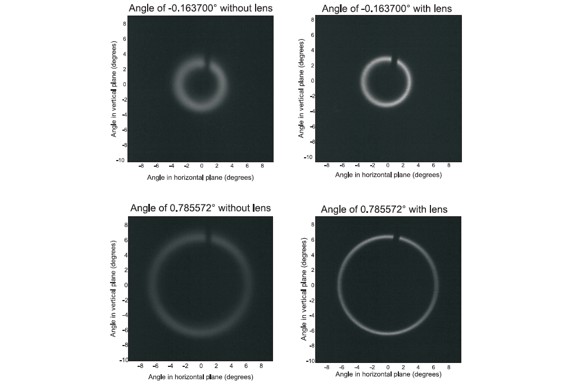
We used a numerical model to study spontaneous parametric down-conversion, a process in which a single photon splits into two "daughter" photons. The model predicts the location of daughter photons based on phase matching conditions. The user can vary parameters such as crystal type, pump and signal photon wavelength, and geometries of the system. Varying these parameters allows properties of down-conversion to be tested and optimized. We experimentally confirmed several features included in the model for Type I down-conversion in a BBO crystal. We found that the diameter of the down- conversion ring is well modeled by our numerical approach. We experimentally measured the total down-conversion output over all angles at a single wave- length to remain roughly constant as the size of the ring varied. Our model does not predict this well due to its incompleteness.
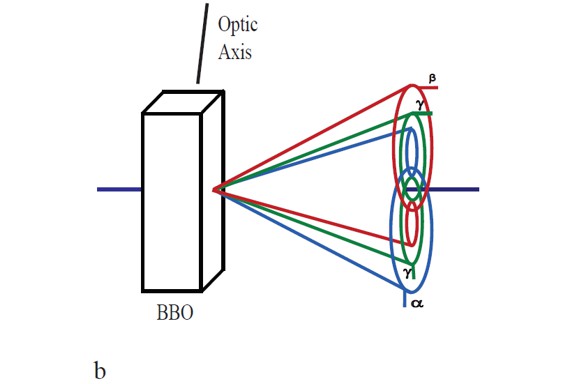
We constructed a two particle interferometer. Using the finished interferometer, we were able to observe two-photon interference using entangled photon pairs produced through parametric down conversion. This phenomenon cannot be explained classically, but demonstrates purely quantum effects, explainable using quantum theory.
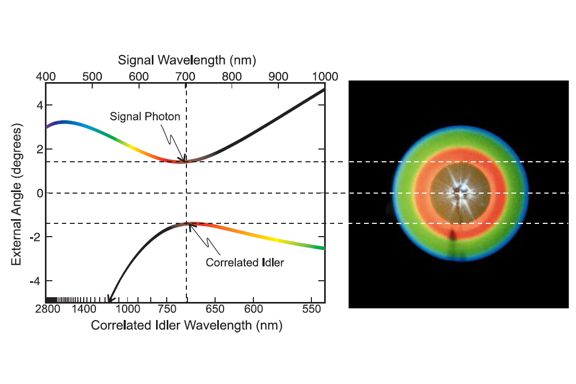
We investigate the influence of the pump and collection mode parameters on the collection efficiency of Type I down converted photons into single mode fibers. For best single and coincidence counting rates, we find that the mode sizes should be close to the same size and that the mode waists should be located near the down-conversion crystal. Larger collection waists give higher collection efficiencies, but lower singles counts.